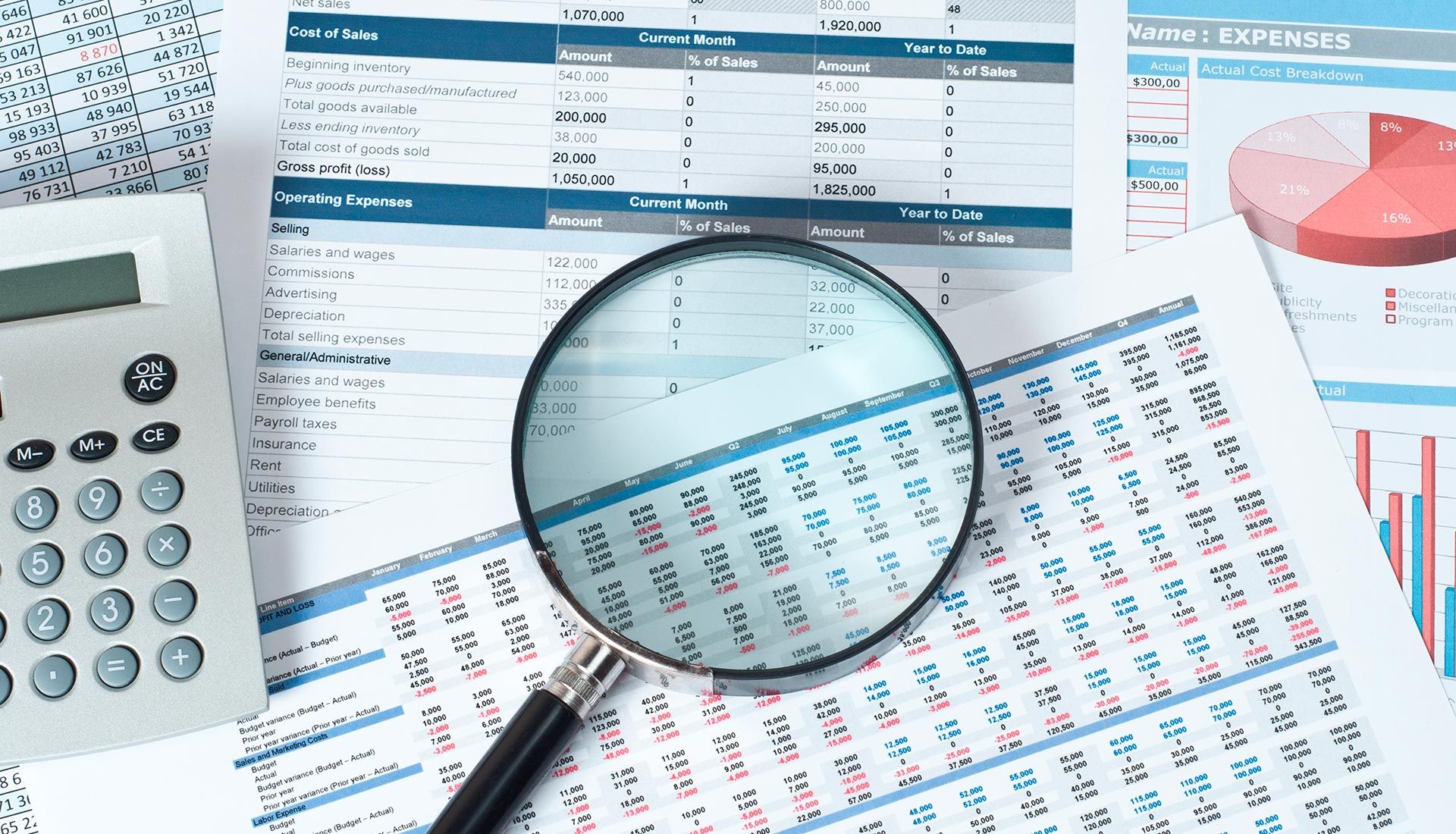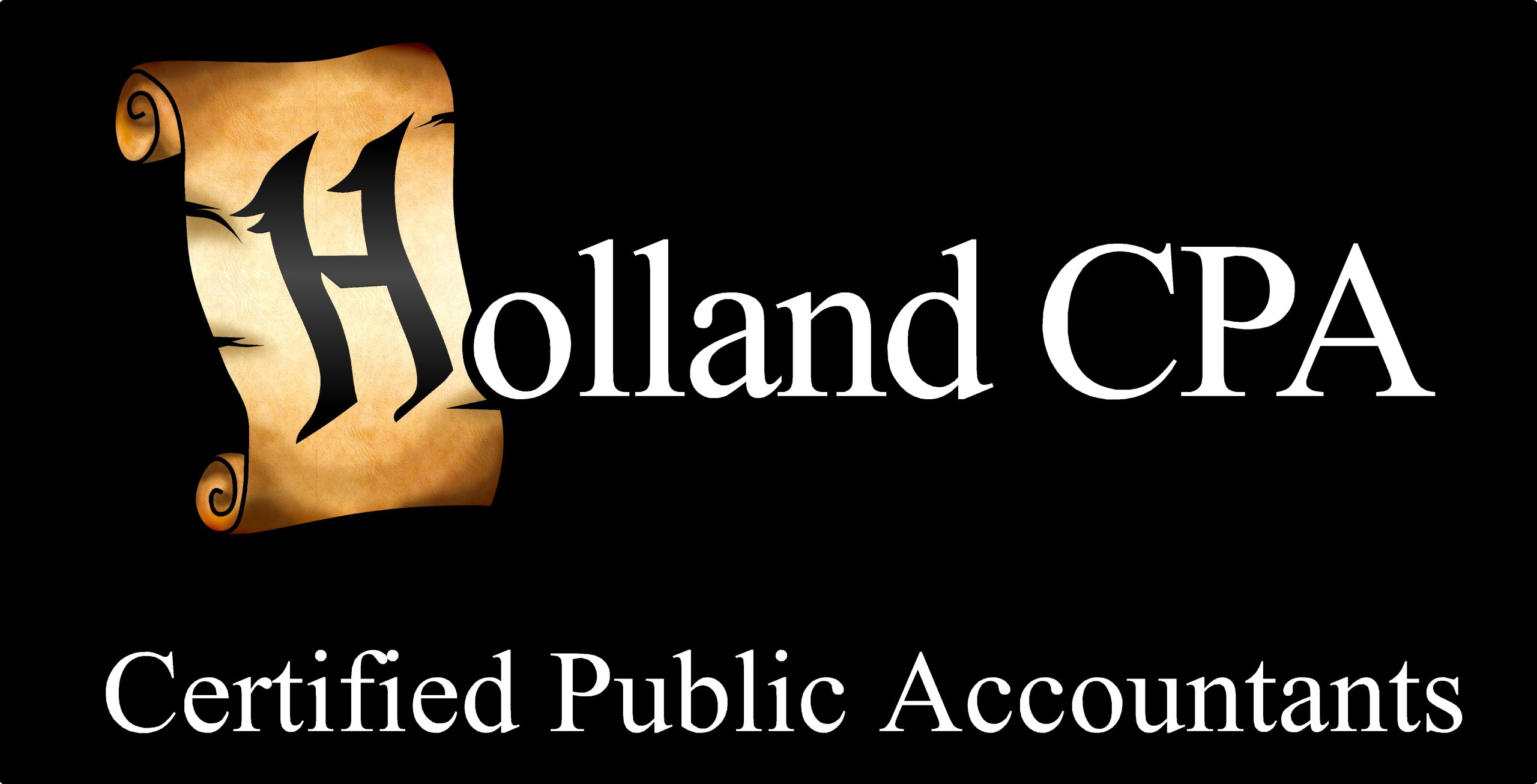- Phone: 419-332-9808 Fax: 419-333-0123
- Email Us: [email protected]
- Address: 512 Court St Fremont OH 43420
Financial Statements

As trained professionals experienced in accounting and financial reporting, we provide you with quality financial statements. Whether you need a statement for personal or business purposes, we can insure that it is accurate, concise, and easy to understand.
The completed financial statements are then distributed to management, lenders, creditors, and investors, who use them to evaluate the performance, liquidity, and cash flows of a business. The preparation of financial statements includes the following steps (the exact order may vary by company).
Checked And Rechecked
Your tax return will be checked and rechecked by our computer software and a licensed tax preparer to identify potential problems the IRS may look at more closely and reviewing the math to limit IRS contacts.
Electronic Fillings
Filled electronically so you will get a refund back quicker.
Financial Advice
Our staff can advise you how to adjust your withholding or estimated payments to pay the correct amount of tax to avoid any penalties.

Discuss Your Needs
Provide recommendations on services we offer.
Meet Our Staff
Meet our team of recommended experts.
Choose Your CPA
Select the accountant that best fits your needs.

Statement can or may include
Verify Receipt of Supplier Invoices
Compare the receiving log to accounts payable to ensure that all supplier invoices have been received. Accrue the expense for any invoices that have not been received.
Verify Issuance of Customer Invoices
Compare the shipping log to accounts receivable to ensure that all customer invoices have been issued. Issue any invoices that have not yet been prepared.
Accrue Unpaid Wages
Accrue an expense for any wages earned but not yet paid as of the end of the reporting period.
Calculate Depreciation
Calculate depreciation expense and amortization expense for all fixed assets in the accounting records.
Value Inventory
Conduct an ending physical inventory count, or use an alternative method to estimate the ending inventory balance. Use this information to derive the cost of goods sold, and record the amount in the accounting records.
Reconcile Bank Accounts
Conduct a bank reconciliation, and create journal entries to record all adjustments required to match the accounting records to the bank statement.
Post Account Balances
Post all subsidiary ledger balances to the general ledger.
Review Accounts
Review the balance sheet accounts, and use journal entries to adjust account balances to match the supporting detail.
Review Financials
Print a preliminary version of the financial statements and we will review them for errors. we will create journal entries in the event errors are found to correct them.
Accrue Income Taxes
Accrue an income tax expense, based on the corrected income statement.
Close Accounts
Close all subsidiary ledgers for the period, and open them for the following reporting period.
Issue Financial Statements
Provide a final version of the financial statements. Based on this information, we will write footnotes to accompany the statements. A cover letter that explains key points in the financial statements.

Be notified on updates to our website
Holland CPA,LLC
